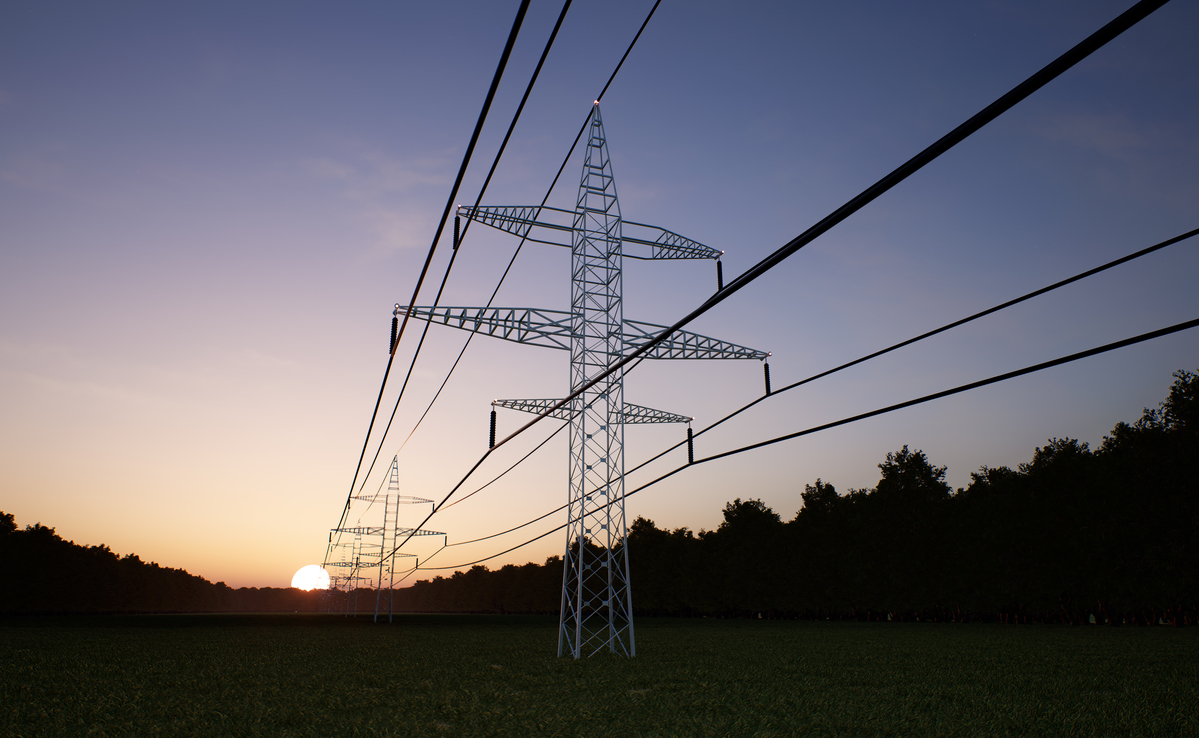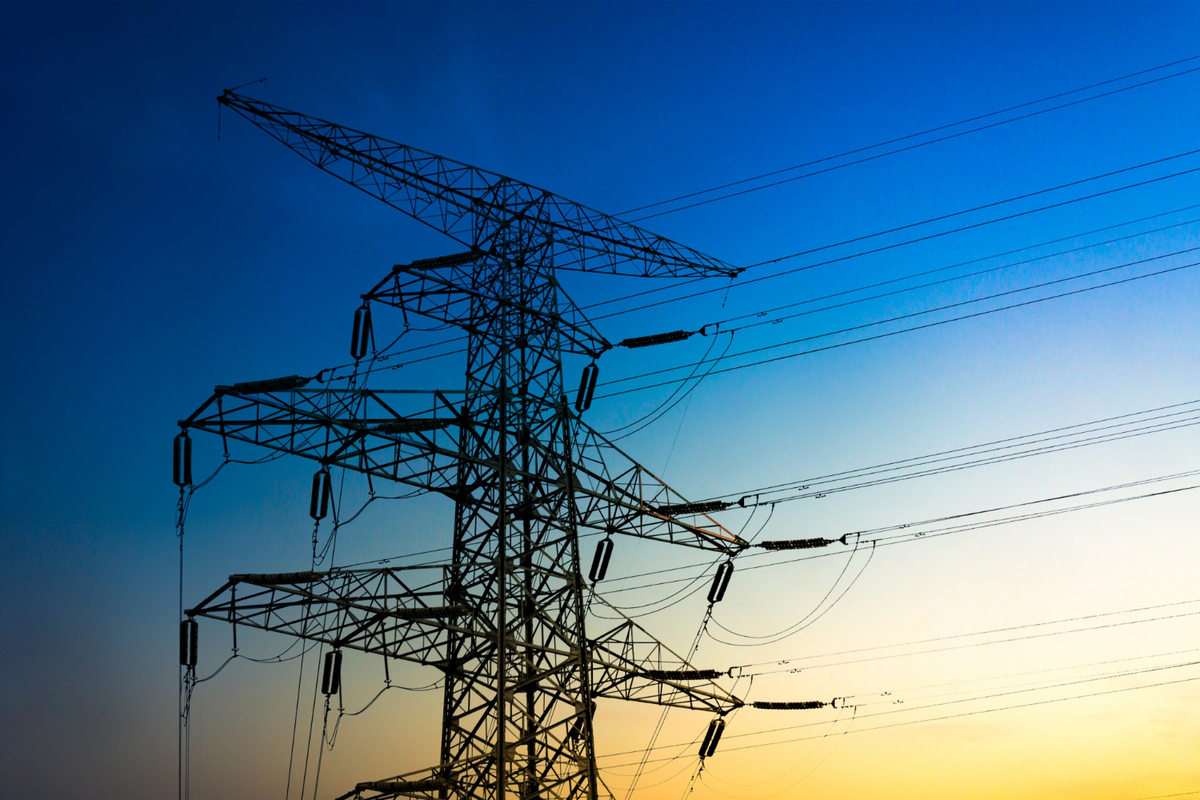Electricity Prices Remain High in 2026
Towards the end of 2025, several Irish electricity providers increased their prices for their electricity customers, adding on average almost €150 to household electricity bills.

Compare Ireland's Cheapest Electricity Plans
Compare and Switch Today to Save Money and Offset Price Increases
Cheapest Electricity IrelandSelectra Compares All 11 Irish Energy Providers
How Selectra Can Help You Save Money On Your Energy Bills
Here at Selectra, we want to help you save money on your energy bills and get you the best deal possible.
Our completely free service puts you in contact with one of our energy experts who expertise and advice will help you find the best energy deal.
Switching is super easy and can be done over the phone in 15 mins. All you need is a recet energy bill and your banking details.
Selectra is highly rated with an average score of 4.9 out of 5 on Trustpilot.com so you know that you can trust us.
We compare all Irish providers so that you get the best advice on the latest prices, deals and discounts on offer.
Want to find out more? Call us and speak to one of our agents today and start saving!
Our Electricity Price Articles Can Help You Save Money on Your Energy Bills
Best Smart Meter Plan
As more and more suppliers continue to offer smart meter plans, see how switching to a time-of-use tariff can help you save money by availing of cheap, off-peak hours.
Click To Find Out More.jpg)

Compare Dual Fuel Offers
Our dual fuel price guide can help you compare providers offering electricity and gas bundles, helping you to lower your annual, average energy bill.
Click To Find Out MoreFixed Rate Electricity Plans
Our guide shows you how you can take away the stress of potentially increasing electricity costs by signing up to a fixed rate electricity plan and locking in your unit rate for the duration of your contract.
Click to Find Out More
.jpg)
EV Tariffs
If you own an electric vehicle and are looking for the best supplier that offers EV rates, our guide can help you compare and save money on your overnight charging.
Click to Find Out MoreMicrogeneration Rates
Save money on your electricity bills by selling any excess electricity generated by your home solar panels back to your electricity supplier.
Click to Find Out More.jpg)
Top Tips and Advice on Energy Saving, Prices, Boilers and More!
See What Our Satisfied Customers Have To Say About Us
Who Are Selectra?
2007
Selectra is founded by Aurian de Maupeou and Xavier Pinon with the aim of helping French energy customers save on their home electricity and gas bills.
2015
Selectra begins to expand across several European energy markets including Belgium, Austria, Portugal and Italy.
2020
Selectra.ie launches with the goal of helping Irish energy customers reduce their electricity and gas bills which are amongst the highest in Europe.
Frequently Asked Questions
Is Selectra’s Service Free of Charge?
Customers can visit the Selectra website and call our energy team for free. Our service is free to use for customers because we receive commission from our supplier partner for connecting them with new customers. This process does NOT affect the price for the customers. The commission we receive does not influence the recommendations that we provide to you. It is of utmost importance to us that our customers have a positive experience and are satisfied with our services.
Does Selectra Work With All the Suppliers on the Market?
Selectra doesn't work with all the suppliers on the market. We offer a selection of products from a carefully selected supplier, which is Energia. We have chosen the supplier we partner with based on a number of criteria including the following: customer service, green credentials and value for money.
How Long Does Switching Take?
It usually takes on average between 15 and 17 days to switch electricity and between 16 and 18 days to switch gas suppliers. Customers always have a 14-day cooling-off period after confirming an agreement with a new energy supplier. During this time, they can change their mind before the switch takes place. After this 14-day period has passed, it should take no longer than a week for the switch to go through.
Will There Be an Interruption in My Supply When It Switches?
You can rest assured that there will be no break in your gas or electricity supply when you switch energy supplier. You will not experience any sort of power cut during the switch, and no one should have to come to your property to replace any meter, pipes or cables.
I Am Renting. Can I Still Switch Energy Supplier?
Yes, tenants can choose the energy suppliers at the property they are renting. Unless your landlord is paying your energy bill, you get to decide what company you pay to supply gas and electricity to your home. Even though you have the right as a tenant to switch energy suppliers, you may still want to check in with your landlord before you make the change.













